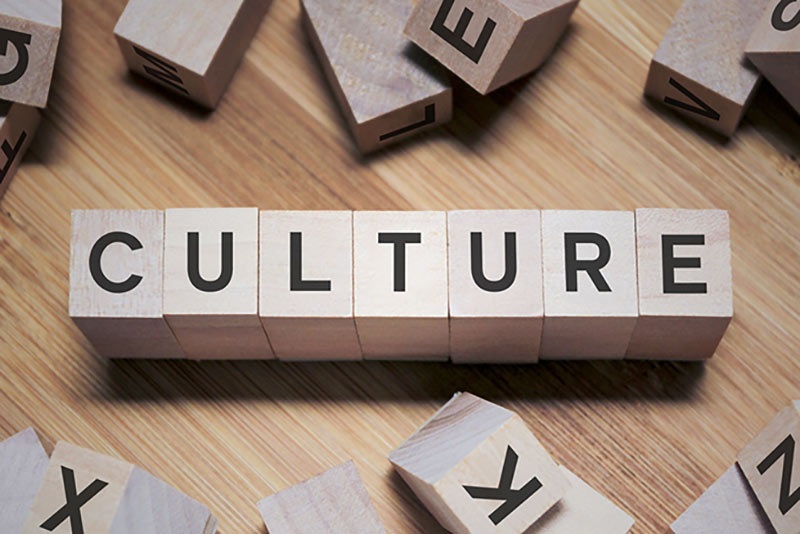In many organizations, working with colleagues and partners in different offices is the norm. Gone are the days (if they ever existed) where everyone involved in an end-to-end process could be easily ushered into a physical conference room to discuss problems, enhancements or improvements. Technology has advanced and many organizations rely on teleconferences, video and web meetings alongside ‘in person’ meetings. Virtual meetings can be extremely productive and successful, and can prove a very efficient use of time when they are managed well. However there are pitfalls waiting for the unprepared.
These pitfalls are made even more pronounced when collaborating across national or organizational cultures. Often there are different norms and values, and the need to communicate precisely becomes crucial to success. Across national cultures, seemingly innocuous cultural differences can lead to significant mismatches in understanding: even the word “Yes” can have different meanings (“Yes, I agree” or “Yes, I understand you but might not agree”, for example). As someone who grew up in the United Kingdom, I can attest to the imprecise nature of written and spoken British English—in fact, the nuance placed on certain words makes a huge difference “We must deliver this project tomorrow” can have a subtly different meaning depending on which word is stressed (try it out, repeat the sentence six times in your head stressing a different word each time…).
Often with written and spoken language, there is a lot of tacit knowledge—if I were to write out every step on how to make a cup of tea (a stereotypical British endeavor), I am fairly sure that I would inadvertently miss out important steps, as to me they seem too obvious to mention. Yet they may be crucial for an appropriately holistic understanding of the situation.
The Benefits of Modeling
There is no silver bullet to these problems, and it would be possible to write an entire volume on these challenges, however modeling can be one significant aide to communication. Using a well-recognized modeling approach—such as the Business Process Model and Notation (BPMN) standard—allows us to have a shared, nuanced, way of communicating precisely.
Standardized modeling approaches allow very precise communication as they have a formal standard that outlines exactly what each element means. Good standards define the precise semantics and rules, so a model designed by one person can be unambiguously interpreted by another. Of course, the model may still generate questions, but these questions will be framed within a shared understanding of the model itself.
Modeling approaches such as BPMN allow visual diagrams to be created of the underlying model. It’s possible to look at the model from different angles—perhaps a high level view for senior stakeholders, and a more detailed for those that are involved at the front-line. This enables us to collaborate well with stakeholders of different levels—and may help us avoid situations where those perceived as more ‘junior’ feel unable to speak out. We could, for example, speak to them separately about the detail of the model, after the more senior folk have defined the breadth of the model.
Additionally, any kind of visual model also tends to help spot gaps. It is difficult to see connections, dependencies and sequence flow in paragraphs of text: Anyone who has ever followed a recipe will be familiar with this (Step 12: Now take the chicken, that you marinated overnight… doh!). A visual model makes this much more explicit, and helps us to spot dead-ends or areas where we might need to cater for exceptions.
In summary: Although modeling is no ‘silver bullet’, it can help encourage precise communication. It helps ensure that questions are framed on a common understanding of the situation and contributes towards a shared understanding. In most cases it is well worth the effort!
